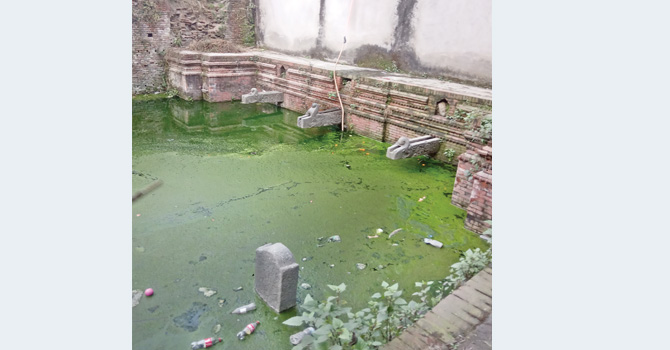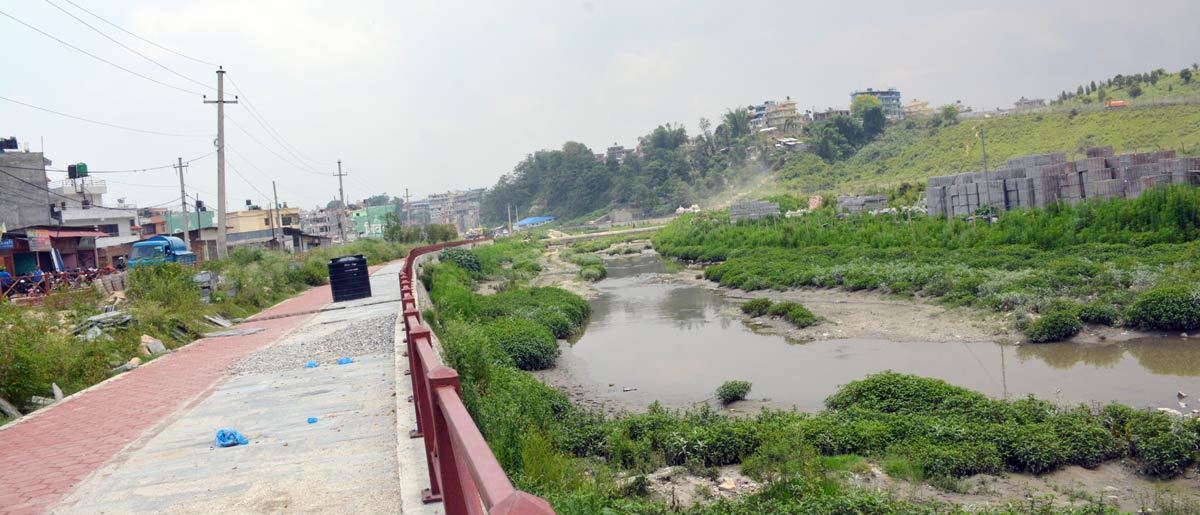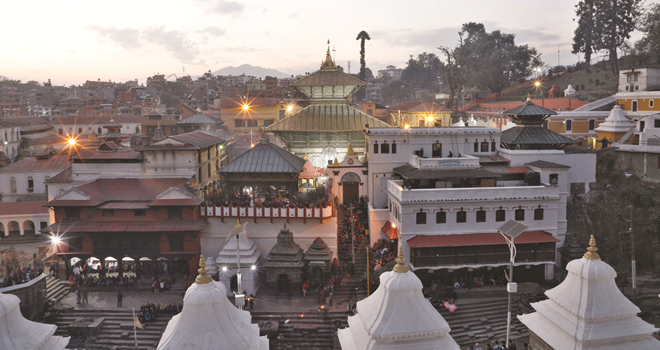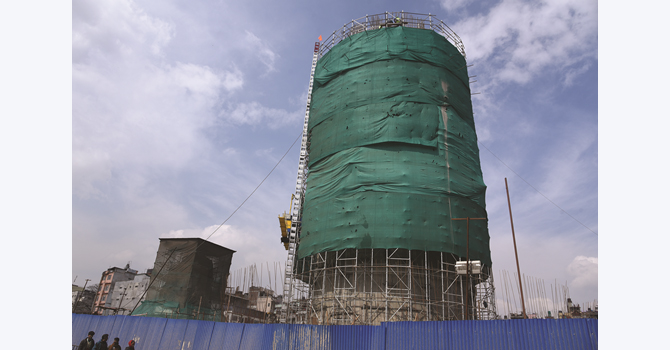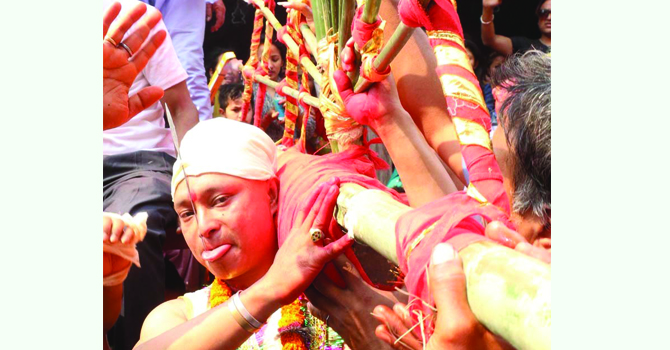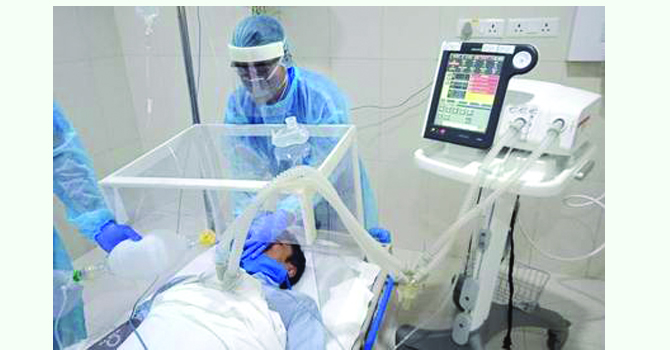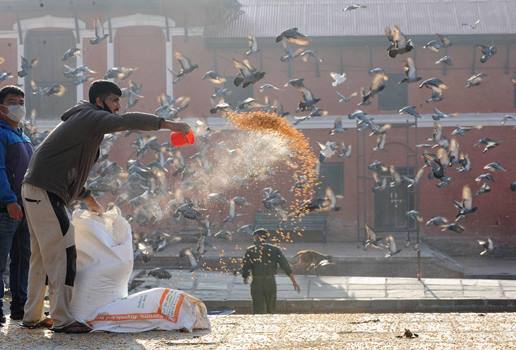NRA faces flak for attempts to fill Ranipokhari with underground water
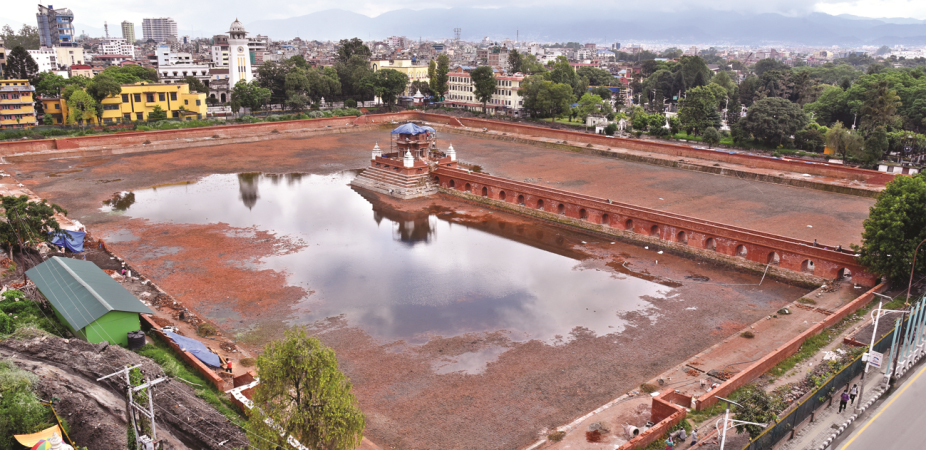
By Binu Shrestha
Kathmandu, July 19: The National Reconstruction Authority (NRA) has drawn widespread criticism over its plan to replenish the water in Ranipokhari from deep boring.
Heritage conservationists have criticized the concept of deep boring to refill the water in this historic pond citing that the extraction of water from deep aquifers well will deplete the underground reservoirs and affect water cycles for a long time.
National Reconstruction Authority (NRA) has already completed the restoration of Ranipokhari which was destroyed by the massive earthquake of 2015. The NRA has already started the work of digging two deep wells at the premises of Tri-Chandra College.
“From the very beginning, we had been criticizing the Kathmandu Metropolitan City (KMC) and Department of Archeology over its faulty reconstruction work,” said Ganapati Lal Shrestha, a heritage conservationist.
“And now the authority has dug two deep boring pits at the premises of the college to refill the historic pond. This is slapdash decision that could affect the underground water cycle of the area for long,” said Shrestha.
The authority should correct this decision immediately, he added.
Explaining the historical importance of Ranipokhari Pond water, Shrestha said in the beginning Ranipokhari was filled with water from 51 different pilgrimage sites.
Similarly, there was Rajkulo water supply canal flowing down from Budanilkantha to fill its water in all seasons, he said. “In the same way, the authority should revive such canal to replenish water in the pond, instead of using deep aquifers,” said Shrestha.
He further added that the deep boring is against the policy of KMC and the responsible authority digging the deep well is against the law.
Dr. Govinda Tandon, cultural expert, highlighted the need of reviving age-old natural sources of Ranipokhari to redeem its original look, by maintaining its historical importance and liveliness.
Recalling the charms and eternal historical regard for the Ranipokhari among the people, he said people had deep respect for this pond.
“I have seen clean and pure water flowing in the pond. There were several hitis like Bhota hiti, Jamal hiti, and two hitis under the current subway to Ratnapark around the pond, which used to be the water sources of the Ranipokhari.
Arrangements had been made to supply water of such hitis to the pond in all seasons, he said adding that 24-hour natural supply of the water used to make its water clean.
“All hitis in the surroundings were destroyed in the name of development. It is almost impossible to trace their existence now,” he said.
“The NRA may build the temple but the original charm, beautification and the essence of this historical pond cannot be revived even though it is replenished with water,” he said.
Responding to the criticism drawn after pumping the muddy water extracted from deep boring to refill the historic pond, Raju Man Manandhar, an expert at the NRA, said this was done mistakenly by labourers.
“We have directed them not to supply the muddy water into the pond,” said Manandhar.
He assured that the authority would give first priority to rainwater. “We will wait for 175 days to refill this iconic pond with rainwater.”
He said the pond also had alternative sources of water, including rain water harvesting plant set up in Durbar High School, water from Melamchi water pipeline and deep well of Ratnapark.
Recent News

Do not make expressions casting dout on election: EC
14 Apr, 2022
CM Bhatta says may New Year 2079 BS inspire positive thinking
14 Apr, 2022
Three new cases, 44 recoveries in 24 hours
14 Apr, 2022
689 climbers of 84 teams so far acquire permits for climbing various peaks this spring season
14 Apr, 2022
How the rising cost of living crisis is impacting Nepal
14 Apr, 2022
US military confirms an interstellar meteor collided with Earth
14 Apr, 2022
Valneva Covid vaccine approved for use in UK
14 Apr, 2022
Chair Prachanda highlights need of unity among Maoist, Communist forces
14 Apr, 2022
Ranbir Kapoor and Alia Bhatt: Bollywood toasts star couple on wedding
14 Apr, 2022
President Bhandari confers decorations (Photo Feature)
14 Apr, 2022


